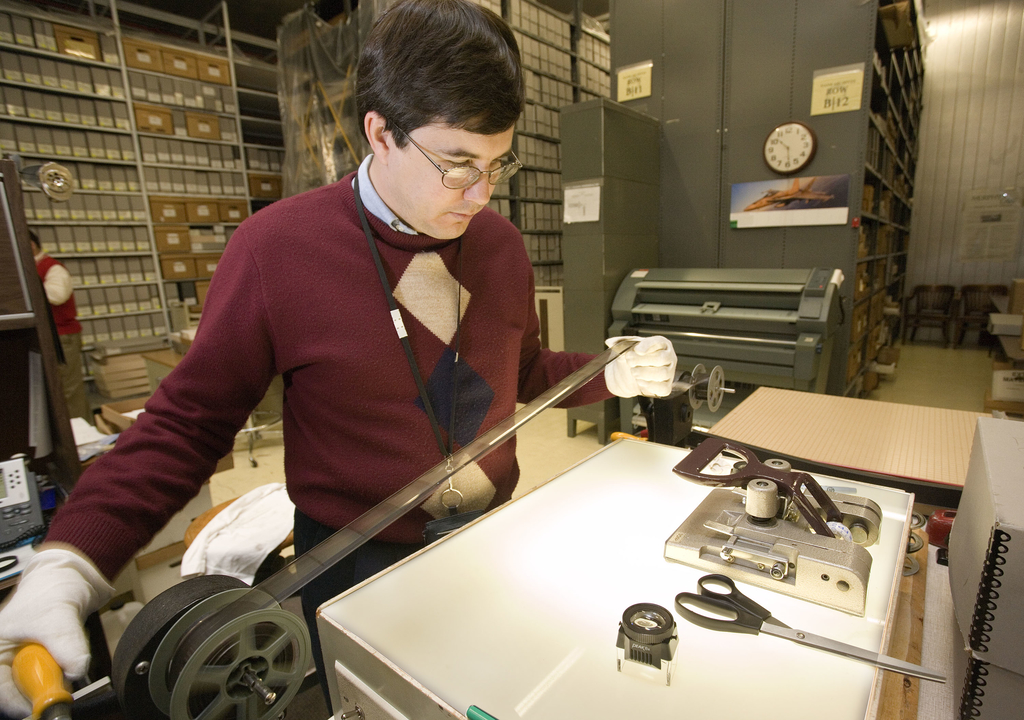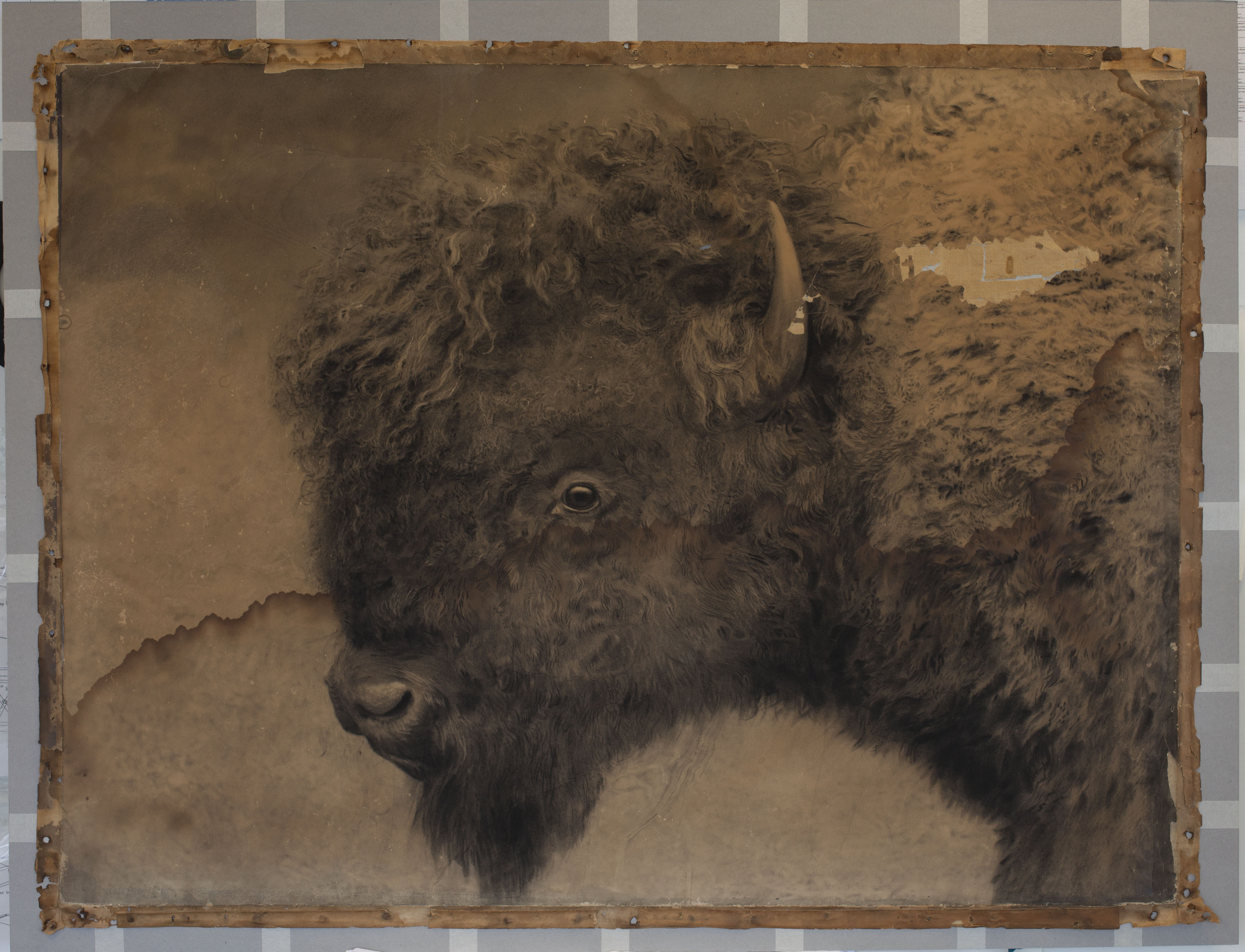Results for "Save our Sounds (Project)"
- Document
Torch 06/1958
- Description: SIA Record Unit 000371, Smithsonian Institution., Office of Public Affairs, The Torch, 1955-1960, 1965-1988, 1958 Box 1 Folder 6

Link Love: 6/14/2013
- Date: June 14, 2013
- Creator: Mitch Toda
- Description: Link Love: a weekly blog feature with links to interesting videos and stories regarding archival issues, the Smithsonian, and history.

Microfilm Reels in the 21st Century
- Date: June 20, 2019
- Creator: Tad Bennicoff
- Description: A brief history on the invention and implementation of microfilm and our acquisition of a new, modern microfilm reader/scanner that enables us to provide digital access to and enhance the quality of SIA’s microfilm collections.
- Finding Aid
SIA Acc. 23-021, National Museum of American History (U.S.) Archives Center, Chair Records, 1971-2020
- Date: 1971 1971-2020
- Creator: National Museum of American History. Archives Center
- Creator: Smithsonian Institution Archives
- Finding Aid
SIA Acc. 02-178, National Air and Space Museum (U.S.) Associate Director for Collections and Research, Subject Files, 2000
- Date: 2000
- Creator: National Air and Space Museum (U.S.). Associate Director for Collections and Research
- Creator: Smithsonian Institution Archives

Re-mounting the American Bison
- Date: February 25, 2016
- Creator: William Bennett
- Description: One of our recent projects, these photographic crayon enlargements, associated with founder of the National Zoo William Temple Hornaday, were made on sensitized paper that was then adhered to a linen “canvas” stretched around wooden frames. The paper had become brittle, and handling at some point in the past led to a number of punctures and tears through both the paper and the
- Webpage
Setting Up Paper Files
- Date: February 18, 2011
- Description: Access the official records of the Smithsonian Institution and learn about its history, key events, people, and research.

Link Love: 9/15/2017
- Date: September 15, 2017
- Creator: Effie Kapsalis
- Description: Link Love: a weekly blog feature with links to interesting videos and stories regarding archival issues, the Smithsonian, and Washington D.C & American history.
- Finding Aid
SIA Acc. 14-247, National Museum of American History (U.S.) Archives Center, Chair Records, 1988-2013
- Date: 1988 1988-2013
- Creator: National Museum of American History. Archives Center
- Creator: Smithsonian Institution Archives
- Finding Aid
SIA Acc. 16-322, National Museum of American History (U.S.) Office of Curatorial Affairs, Exhibition and Program Records, 1990-2008
- Date: 1990 1990-2008
- Creator: National Museum of American History. Office of Curatorial Affairs
- Creator: Smithsonian Institution Archives

Link Love: 12/25/2015
- Date: December 25, 2015
- Creator: Effie Kapsalis
- Description: Keep it in perspective: a new view of earth by NASA’s Lunar Reconnaissance Orbiter. [via Info Docket]A digital re-creation of the 1796 Shakespeare Gallery from the University of Texas at Austin's online project, What Jane Saw. [via Hyperallergic]For locals, a little bit of history on the DC street names...and why there's no J street. [via Ghosts of DC]The evolution of toy

A Forgotten History: Alfred Vail and Samuel Morse
- Date: May 24, 2011
- Creator: Courtney Bellizzi
- Description: Access the official records of the Smithsonian Institution and learn about its history, key events, people, and research.
